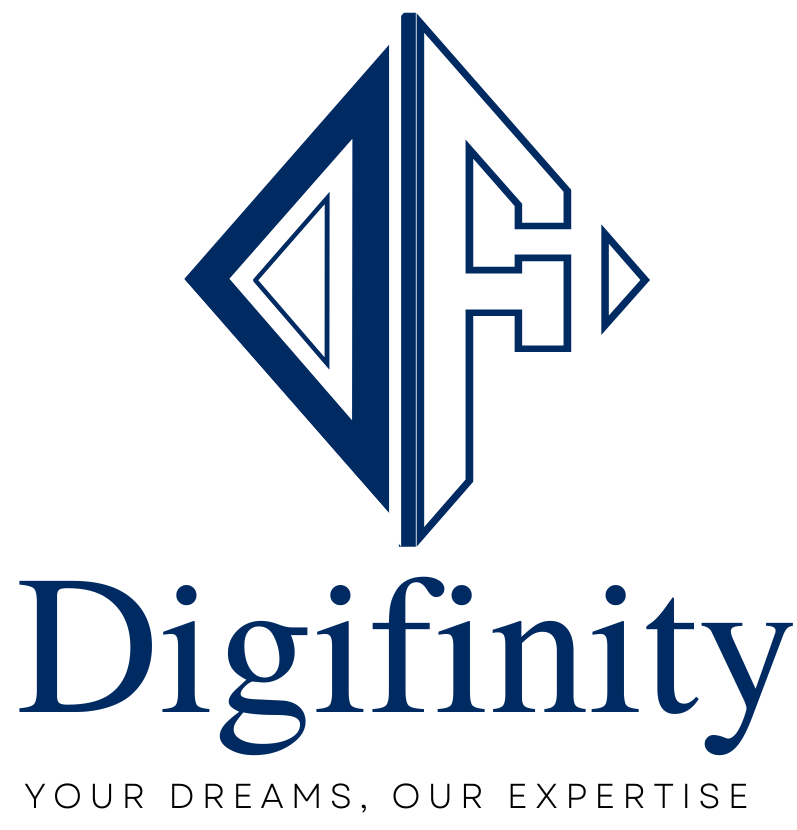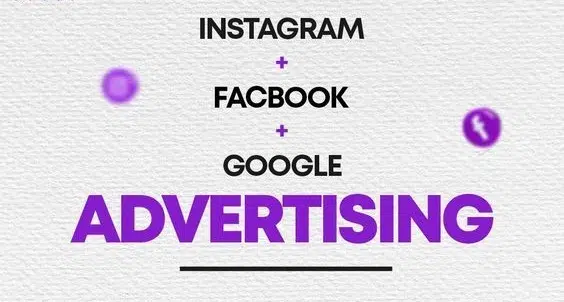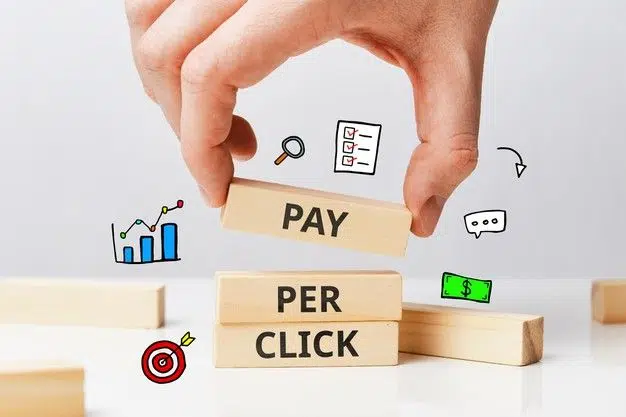Social Media Advertising vs. Pay-Per-Click: Which Is Right for Your Business?
Social Media Advertising vs. Pay-Per-Click: Which Is Right for Your Business? Hello, savvy business tycoons and marketers! Have you ever found yourself lost in the whirlpool of digital marketing alternatives, trying to choose pay-per-click (PPC) from social media advertising? Though this is a timeless puzzle, worry not! Digifinity is here to break it down, so you may choose anything appropriate for your amazing company. All set to delve in? Come on! The Social Media Scene What’s Social Media Advertising? Social media advertising is all about promoting your goods or services on Facebook, Instagram, Twitter, and LinkedIn. It’s like throwing a lavish celebration and inviting your intended guests to participate in the excitement. Whether it’s a great Instagram picture or a gripping Facebook narrative, the aim is to captivate your audience where they most linger. Pros of Social Media Advertising Visual Appeal: It’s one advantage of social media advertising; these platforms are visual playgrounds. Eye-catching photos, films, and graphics help you to highlight the individuality of your brand. Targeting capacities: Want to connect with 25-year-old yoga enthusiasts in New York? Not a concern! Strong targeting choices available on social media channels help guarantee that your adverts appeal to the correct audience. Engagement: This goes beyond simply displaying ads to include interaction. Likes, notes, shares, and following help create a community centered on your company. Cons of Social Media Advertising Negative aspects of social media marketing services include ad fatigue. Advertisements could overload users and cause them to start ignoring them.Social media posts have a brief existence. Your advertisement might be forgotten tomorrow and hot right now. Learning Curve, every system has subtleties. Learning everything can take time. The PPC Parade What’s Pay-Per-Click? The traditional PPC model is one whereby you pay a fee every time someone clicks on your advertisement. Imagine Google Ads, where your ad shows at the top of search results or those sponsored articles you come across perusing your preferred websites. The key is paying for performance. Pros of Pay-Per-Click Instant Results: Benefits of Pay-Per-Click Advertising Instant Results Starting a campaign right now will pay off tomorrow. PPC moves quickly! Measurable: Tracking every click, conversion, and dollar spent allows you to easily calculate return on investment. Broad Reach: PPC management lets you access social media networks, among other things. Your adverts might show up all throughout the internet, attracting a large readership. Cons of Pay-Per-Click Costly: Pay-per-click costs have drawbacks. Every click costs money, and very competitive keywords might rapidly deplete your money. Management Intensity: To be successful, Google PPC campaigns need constant observation and adjustment. Ad Blindness: Should people view your adverts too frequently, they could skim past them, much as with social media. Which one fits you? Your audience, budget, and company objectives will determine whether social media or PPC is best for you. Digifinity digital marketing agency is here to assist you in making decisions: Pick Social Media Advertising. If your product is aesthetically pleasing: Fashion, beauty, travel; anything that looks fantastic in pictures and movies. You wish to create a community. Essential is engagement. Social Media Content Marketing is your playground if you desire a devoted clientele. You are aiming at a particular population: Social networking sites enable exact targeting since their users are widely known. Select Pay-Per-Click. Should you require rapid answers, such as introducing a new product or running a limited-time offer? PPC advertising moves quickly. You want thorough statistics. PPC systems offer in-depth data that lets you adjust your plan for the most return on investment. You give visuals less thought. PPC can nevertheless powerfully generate traffic and conversions even if your good or service has great visual appeal. Final Verdict Why not both? Digifinty helps with a well-rounded digital marketing plan and sometimes combines PPC with social media advertising. This hybrid strategy guarantees that, via PPC, you are driving fast, quantifiable results while simultaneously involving your audience on social media. Test, evaluate, and change your plans to strike the ideal blend for your company. Now you have it, trendsetters! Whether you rule the PPC market or redefine the social media scene, the secret is to remain analytical, innovative, and flexible. Happy advertising! Abhay Mirchandani Writer & Blogger


